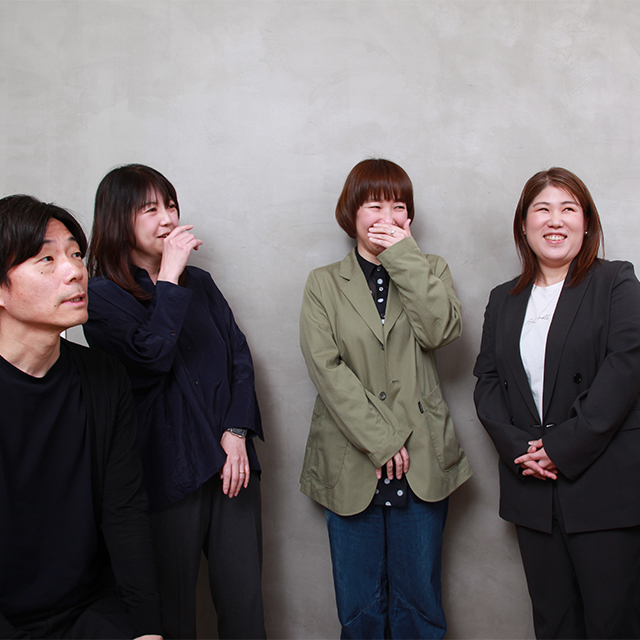
The animated film “Look Back”, based on the original work by Tatsuki Fujimoto and directed by Kiyotaka Oshiyama, was released nationwide in June 2024. From the day it was released, the movie ranked first at the box office and became one of the anime industry’s representative works of the year after being screened overseas. In this article, we gathered five contributors who were involved in different roles, including production, creation, distribution, and promotion, and asked them about the reasons behind its success and what they took away from this experience.

(Photo from left)Ryo Ohyama / Tomoko Wada / Keiko Nagaya / Sayaka Taki /Kazuhito Matsumura
The Challenge of a “58-minute” Screentime
The original work of “Look Back” initially started as a short one-shot manga that was published on the manga and magazine app “Shonen Jump+” in July 2021. Ryo Ohyama, who encountered the work at the time and was in charge of production, reflects on how it all began.
Ohyama "I read the original manga on the day it was released. Mr. Fujimoto’s previous works had mostly been action manga, namely “Chainsaw Man” and “Fire Punch”, but this one was a coming-of-age story. It follows two girls as they grow up, from elementary through middle and high school, and eventually becoming manga artists, while showing the passage of time through their lives. The way each scene was drawn made me feel it had a very cinematic quality. I had already started thinking about what it could look like as an animation, and how we might create a unique hook and sense of catharsis if it became an animation."

Project preparation began in early 2022. The first step was to approach Kiyotaka Oshiyama about directing the film. Then STUDIO DURIAN, which Oshiyama leads, and Avex Pictures Inc. (API) jointly proposed the project, which was then approved by Shueisha Inc. and the original author, Tatsuki Fujimoto.
As mentioned earlier, the original work was not a serialized manga but a 143-page one-shot. While that is relatively long for a short manga, it was still hard to say it had enough volume to be made into a feature-length film.
Ohyama "In the end, it became a 58-minute film. Generally, short films are around 10 minutes, and to be considered a full feature, 60 minutes is a little too short. We were concerned that it could be a commercial risk, but we felt it was worth the challenge if the content was strong. At first, we were feeling things out, but as the shape of the project became clearer, we started to feel more and more confident that something great was coming together. Of course, there were always various issues, but as each stage of production progressed, I think our emotional investment and energy toward the project kept growing."
The film’s length, initially one of the biggest concerns they had, ended up not being as much of a hurdle as expected. Instead, it introduced a new approach to theatrical release. Tomoko Wada, who oversaw distribution, reflects on the process:
Wada "From a distribution standpoint, the runtime was a concern, but I don’t think the 58-minute length ended up being a disadvantage. Everyone involved in the project was already familiar with the original manga, and expectations were focused more on that."
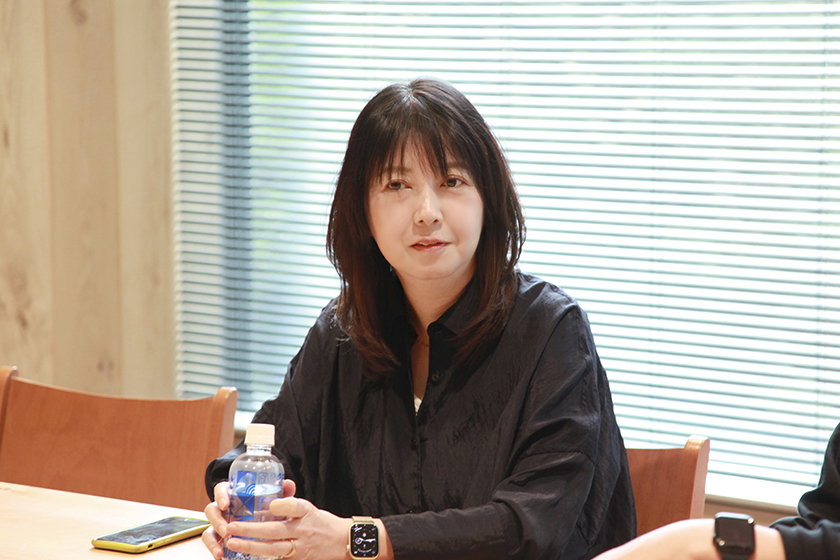
Ohyama "Since the film is just under an hour long, there was an advantage in that some theaters were able to screen it as many as 18 times a day. From the viewer’s perspective, the length made it easier to fit a screening into their schedule. In that sense, we saw great potential for mid-length films going forward."
Creators’ Passion
That Comes to Life on Film
The passion for making manga shown by the protagonists in this film likely resonated deeply with the creators who made it. It is easy to imagine that the film itself is imbued with the special love and dedication of the production team.
Ohyama "That is absolutely true. I think everyone involved shares the fact that we’re in this line of work because we genuinely love entertainment and the act of creating. This story, in particular, depicts both the joy and the pain of making something, so of course, it hits especially close to home for us. It’s a deeply personal story for Mr. Fujimoto as well, and Director Oshiyama told us that he, too, felt a strong personal connection to the work as a creator. I’m sure each and every animator involved felt the same."
Kazuhito Matsumura, who co-produced the film with Ohyama, adds:
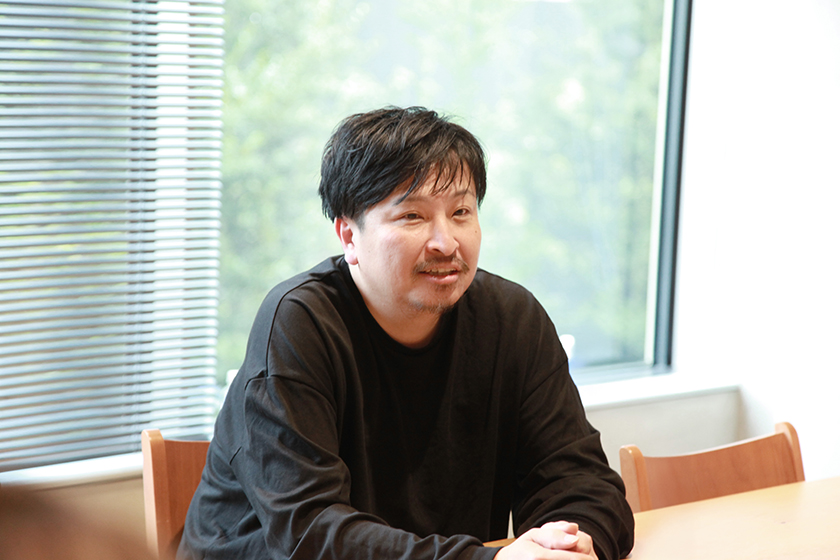
Matsumura "While it is very common in today’s anime industry to produce works with a large number of staff, this project was carried out by a small team of highly skilled individuals. That was Director Oshiyama’s intention from the start, to create a work that reflects the personal vision of each and every creator. It is a film that was made within reach of the creators’ own hands and because of that, I believe everyone involved felt a deep personal attachment to it."
The director’s respect and pride towards the animators, including Matsumura himself, can also be seen in the film itself.
Matsumura "We used a unique technique to preserve the lines from the animators’ original drawings directly in the final film."
In this way, the creators’ passion becomes a tangible presence in the film, one that reaches the audience. Viewers who feel a connection with the protagonists and their devotion to making manga will recognize that sincerity. It is fair to say that “Look Back” became a rare kind of work, one that deeply resonates with viewers and creators alike through a shared respect for manga, anime, and the craft of creation itself.
Trusting in the Power of the Work
and Delivering Its True Appeal
One major factor behind the film’s success was the strong word-of-mouth that spread after its release. Keiko Nagaya and Sayaka Taki, who were in charge of the film’s promotion, reflected on the power the work held and the many moments when they felt a strong response from audiences.
Nagaya "The original manga was already a big topic of conversation when it was first published. And since Mr. Fujimoto has a large fan base, as a promotion team, we saw our mission to make sure this work reached those fans properly. Given the nature of the film, we focused on simply conveying the appeal the work already had rather than promoting it in a flashy or exaggerated way."
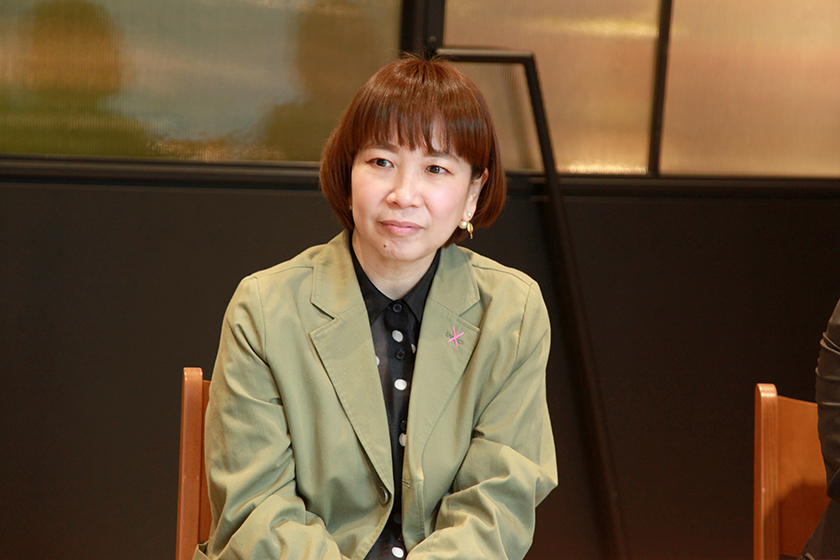
Taki "Even in terms of publicity, our approach was rather to quietly and sincerely communicate truthfully. But thanks to Yuumi Kawai, the lead voice actor, who was gaining a lot of attention at the time for her role in a TV drama, the film ended up receiving significant media exposure. I think that ultimately became one of the film’s strengths."
With that momentum building in the background, enthusiastic word-of-mouth from audiences played a major role in promoting the film.
Nagaya "When I first saw the completed film, I had a strong sense that it would generate buzz. And although it’s an animated work, I also felt it could gain support from general filmgoers, not just animation fans. In fact, many people came to theaters and word-of-mouth spread within the film community as well. I think it was significant that the film generated a bigger wave that likely wouldn’t have been possible through anime fans alone."
Taki "Also, Mr. Fujimoto himself gave the project a big boost, offering comments at key moments and even giving interviews. His support as the original creator really strengthened the whole campaign."
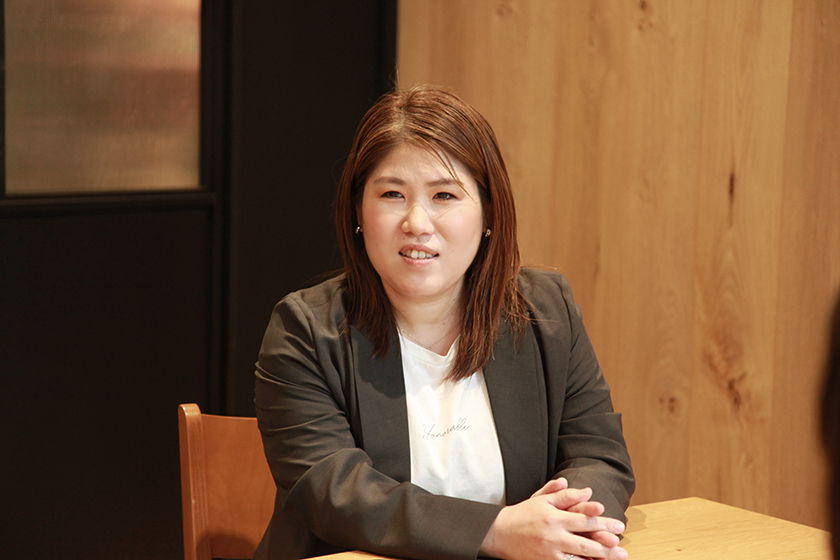
Nagaya "A typical promotional strategy is to request comments from well-known figures and use those endorsements to fuel word-of-mouth. But with “Look Back”, it was significant that many opinion leaders, celebrities, and public figures voluntarily shared their thoughts, which helped the buzz spread naturally. We were also fortunate to receive passionate comments from people we wouldn’t normally have access to, such as contemporary artist Yoshitomo Nara and Toshio Suzuki from STUDIO GHIBLI."

Comments from celebrities
“Look Back” resonated deeply with audiences and drew many people in by honestly conveying the film’s inherent power. The voices and feelings of countless individuals then built into a powerful wave that eventually culminated in high praise at the film awards both nationally and internationally.
Winning the Japan Academy Awards
and Receiving High Praise Overseas
“Look Back” topped the box office rankings from its very first day. By its 15th week, it had attracted 1.17 million viewers and surpassed 2 billion yen in box office revenue, with the number of screenings continuing to steadily increase. Alongside many domestic film awards, in March 2025 it received the Japan Academy Prize for Best Animation.
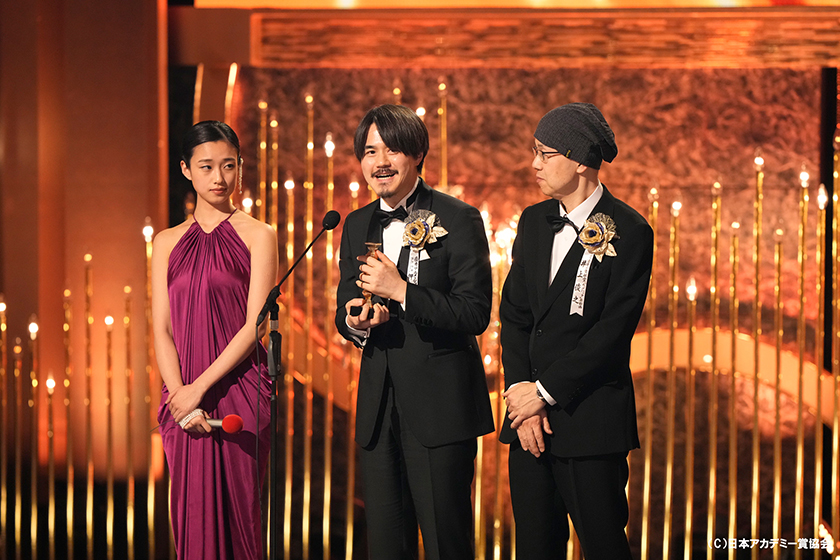
Ohyama "Regarding the Japan Academy Awards, I am very honored that we were selected for the Best Animation award. I am also pleased that eight animators responsible for the original key animation, which is the backbone of the film, were recognized with the newly established Creative Contribution Award. Additionally, Yumi Kawai, who voiced the protagonist Fujino, won the Best Actress award for her role in the film “Annokoto”. When Look Back received its award, Director Oshiyama, animator Inoue, and Kawai appeared on stage together. Seeing them there was truly moving."
“Look Back” has undoubtedly become the representative theatrical animation work of 2024, and while the excitement in Japan grew, the film also expanded overseas. In June 2024, it began screening in more than 20 countries and regions worldwide. As of March 2025, its cumulative overseas box office revenue has surpassed approximately 2.4 billion yen.
Matsumura "The first time I truly felt the film’s impact overseas was at the Annecy International Animation Film Festival in France. The scheduled screenings sold out immediately, and additional screenings were quickly added. The universality of the “Look Back” story, which resonated with so many, gave me confidence that it connects not only with Japanese audiences but with viewers around the world."
Among its international success, the film was released in over 500 theaters across the United States and nominated for the Annie Awards in the Best Animated Feature (Indie) category, one of the most prestigious honors in animation.
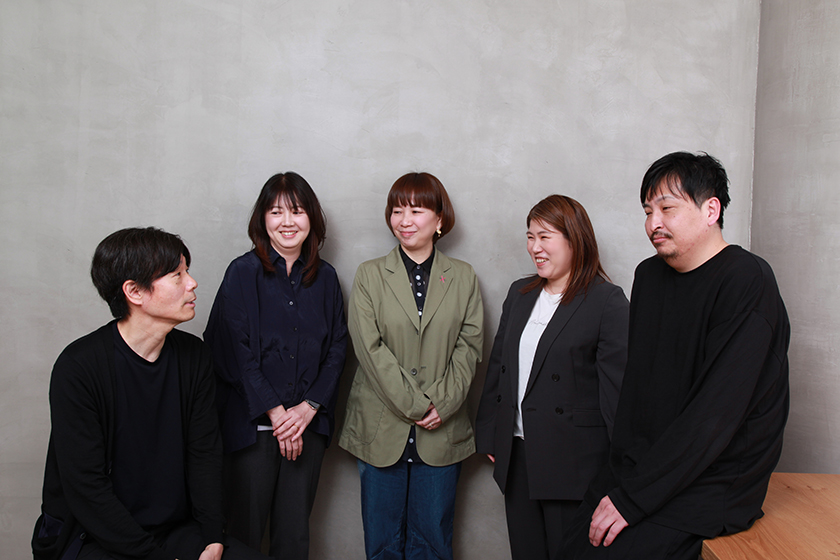
When asked how he felt about the nomination, Matsumura frankly revealed, "I was frustrated."
Matsumura "Being nominated for the Annie Award and experiencing the atmosphere there, my hopes were high, so I felt frustrated when we didn’t win."
“Look Back” brought its creators to the world stage. But beyond that, it offered the entire team new sights, experiences they had never encountered before. Those experiences will undoubtedly fuel each of their future endeavors. As for API’s “next challenge,” which surely lies within Matsumura’s gaze as he speaks of his frustration, expectations are naturally running high.
The Joy of Seeing a Work You Truly
Believe In Become a Hit
Lastly, we asked each of them what they learned from their involvement with this work and what lies ahead.
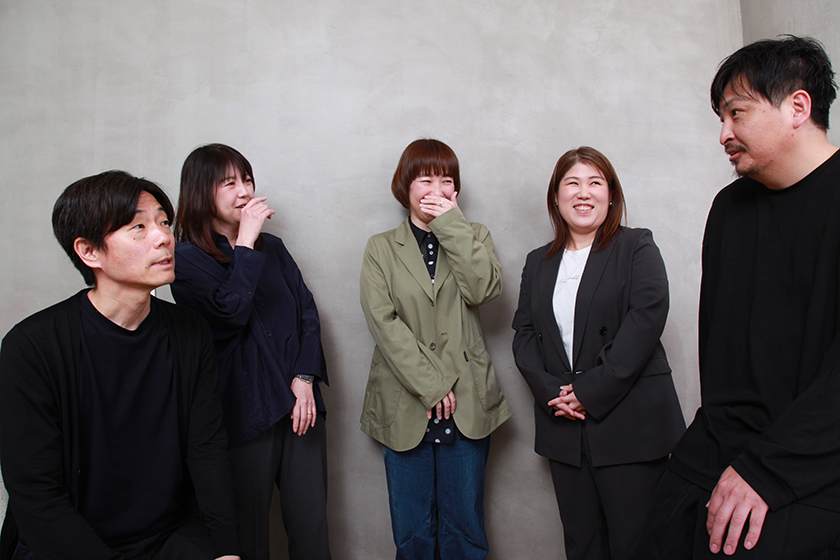
Ohyama "Taking on a 58-minute runtime was definitely a big challenge. But what I came to understand firsthand was that even if a film is short, if the content is strong, it still holds real value and audiences will come to watch it. That was a major learning for me. Also, the fact that the original work was a web manga allowed it to be published as a 143-page one-shot. I think that format naturally led to the 58-minute structure of the film. In that sense, I think it matches the current era and how content is being created today. I believe we’ll see more longer one-shot manga in the future, and I see a lot of potential in adapting those into films."
Nagaya "I feel that works which challenge and overturn conventional thinking often lead to major hits. It reminded me once again of what I felt during API’s “Osomatsusan” project and how impactful it is when a work dares to think outside the box."
Wada "From a distributor’s point of view, I learned a lot about how to build the scale of a release. I was so excited by how well the film had turned out that at first I discussed launching it in around 200 theaters nationwide. But since it touches on a heavy theme, we decided to start with a more modest release of 120 theaters. In the end, it expanded to over 300. The strong performance during the opening led to more theaters picking it up, and the expansion itself became a headline. I think that in turn helped to fuel even more word-of-mouth buzz."
It seems like each member took away something valuable from the project in their own way.
Ohyama "There’s no greater reward in this line of work than seeing a project you truly believe in become a hit. “Look Back” is one of those projects that gave me that feeling. It felt like going back to my roots. I’ll keep giving everything I have to the projects I take on and I hope I get to be part of as many works like this in the future."
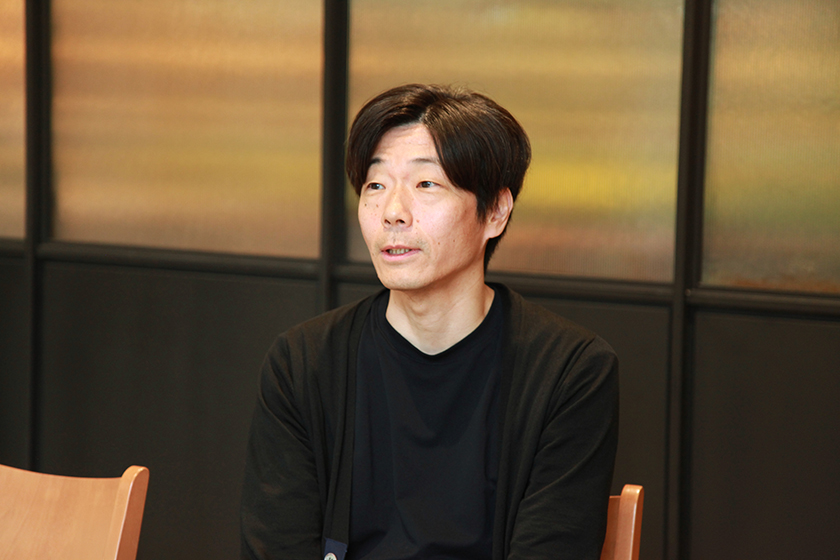
This film is infused with a deep respect for the passion poured into manga, film, and creative expression as a whole. That spirit resonated with countless viewers, who in turn helped raise this work into something far more greater.
“Look Back” is a work in which an enormous amount of energy and dedication from many people was poured. The experience gained through its remarkable journey will no doubt serve as a powerful driving force behind API’s continued evolution and future successes.
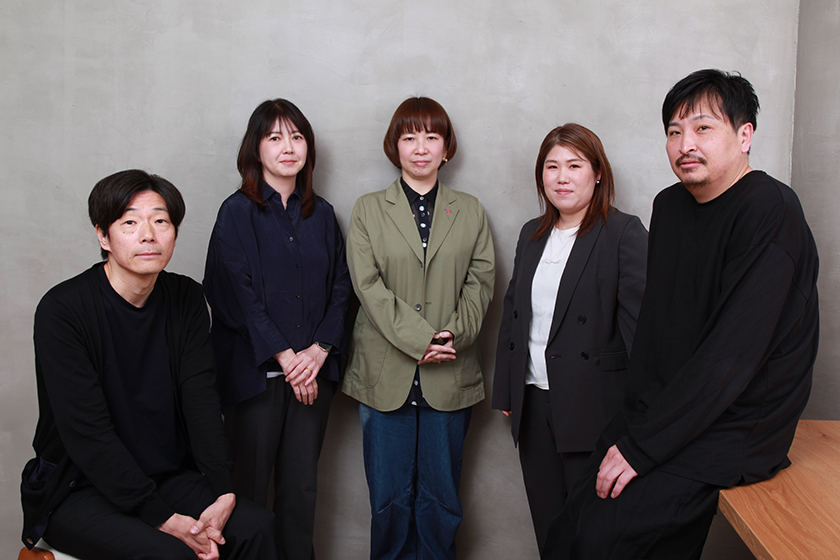
(Photo from left)
Avex Pictures Inc.
Ryo Ohyama
Avex Film Labels Inc.
Tomoko Wada
Avex Pictures Inc.
Keiko Nagaya
Avex Pictures Inc.
Sayaka Taki
Avex Animation Labels Inc.
Kazuhito Matsumura




